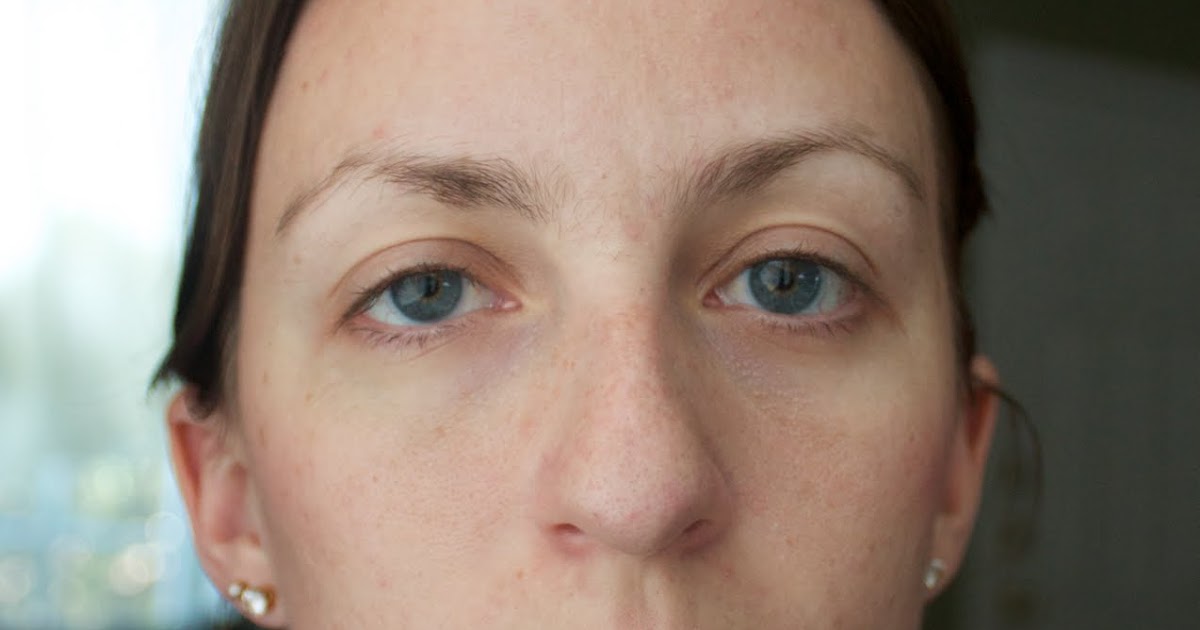Warning Signs Of Progressive Multifocal Leukoencephalopathy
Progressive multifocal leukoencephalopathy (PML), a type of demyelination, is a disease caused by the JC virus that occurs when the body is unable to fight against disease the way it normally should. This disease attacks the brain and causes damage to the white matter in the brain. White matter is comprised of the specialized cells responsible for making the myelin that covers the nerves. When myelin is not covering the nerves, several things can occur because the nerves cannot send signals properly.
Individuals who have a weakened immune system are more susceptible to developing PML. For example, individuals who are on immunosuppressants for an organ transplant, are infected with the human immunodeficiency virus (HIV), or are being treated for cancer with chemotherapy, are all at an increased risk for this disease. Most often, magnetic resonance imaging and brain biopsies are used to diagnose PML.
Drooping In The Face

Drooping in the face is characterized by an asymmetrical face with the loss of muscle control and or feeling on one side. This happens because either the nerves in the face have been damaged and cannot communicate with the brain, or because the nerves in the part of the brain that sends signals to the nerves in the face have been damaged. When speaking about progressive multifocal leukoencephalopathy, lesions in the brain occur because of the demyelination of the nerves in the part of the brain that sends signals to the nerves in the face.
Without proper myelin sheath, the nerves in this part of the brain cannot correctly transmit signals to tell the nerves in the face to move the muscles. The signals may be sent, however, they will be disrupted and confused, resulting in the loss of ability to move muscles in one or both sides of the face. This can also be referred to as facial paralysis or partial facial paralysis. Facial drooping in PML patients can happen on either side or both sides of the face and may or may not be accompanied by loss of sensation. The skin above the paralyzed muscle will relax in tandem with the muscle, which gives the face a droopy appearance in the affected area.
Issues With Speech

Issues with speech occur in individuals with PML because the disease has attacked one of the parts of the brain that work together to allow an individual to speak properly. If the disease attacks the Broca's area of the brain the individual's speech may not make sense or the individual may be unable to articulate what they want to say normally. In this case, the person may not be able to speak in full words or sentences normally. PML may attack the area of the brain called Wernicke's area, which would result in an individual being unable to understand or process what the speech of someone else means.
The disease may also attack the angular gyrus, which is responsible for matching sounds with different sensations, images, and ideas. This would result in an individual being unable to associate the correct word with its image, meaning, or sensation and being unable to find the right words to describe something. In addition, facial drooping can occur with PML when it attacks the part of the brain responsible for moving facial muscles. This can also cause challenges with speaking words and making certain letter sounds.
Coordination Problems

Coordination problems can present with patients that have progressive multifocal leukoencephalopathy because of several different reasons. The difficulty most often occurs as a result of PML attacking the cerebellum, which is in the lower back part of the brain. The cerebellum has the responsibility of keeping a person balanced, facilitating their posture, and coordinating most muscle movements. In addition, problems with coordination can manifest when PML attacks the motor strip located in the frontal lobe of the cerebrum. The parietal lobe also is responsible for motor signals and damage to that component may cause poor coordination.
When PML attacks the portion of the cerebrum responsible for fine movement control, the individual can experience coordination problems in the hands, feet, and toes. Lastly, the basal ganglia is another part of the brain that coordinates the body's fine movements that can also be affected by the damage this condition causes. The areas of the brain affected by PML lesions often have permanent damage because central nervous system cells do not re-myelinate or form new white matter.
Sensory Loss

Progressive multifocal leukoencephalopathy has no usual course to run, as each patient is affected in different parts of the brain and there is no way to predict where that will be. Sensory loss refers to the partial or full loss of one or more of the five senses. Loss of vision can occur with PML when the disease attacks the part of the brain attached to the optical nerve, or the nerve connecting the eyes to the brain. Depending on which and what part of the optical nerve is affected, vision loss can occur in one or both eyes. Hearing loss may occur if the disease affects the part of the brain where the auditory nerve and cochlea are located. The mechanoreceptors are special nerve cells that are supposed to receive sound vibrations, however, damage from PML can interfere with this process leading to hearing loss.
The inability to perceive smell is called anosmia. The olfactory nerve is the nerve that sends the brain signals of smell, and PML can cause damage to this nerve resulting in the loss of the ability to smell. Loss of tactile reception or loss of the sense of touch in some areas of the body can occur when this condition affects the brain stem and part of the brain responsible for receiving transmissions of pain, warmth, cold, and heat that come from the nerves in the skin. Lastly, the loss of taste is called ageusia. PML can cause damage to the lingual nerve and the glossopharyngeal nerve which are responsible for taste signals.
Seizures

Seizures are characterized by a sudden and uncontrolled electrical disturbance that manifests in the brain, resulting in an altered level of consciousness, behavioral changes, feelings, and movements. This type of seizing usually last between thirty seconds and two minutes. They can last longer and are a serious medical emergency if they last longer than five minutes. During a seizing episode, an individual may have temporary confusion, uncontrollable jerking motion in the legs or the arms, a staring spell or fixation, loss of awareness or consciousness, or anxiety and fear.
The nerves in the brain are responsible for sending and receiving signal impulses to and from all parts of the body. When something impairs the pathways of communication a seizure can occur. Progressive multifocal leukoencephalopathy destroys the white matter that makes the myelin for these nerves, and the myelin sheath is meant to protect and conduct impulses correctly through the nerves. A seizure can easily occur as a result of the frequently occurring improper nerve conduction in the brain of a PML patient.
